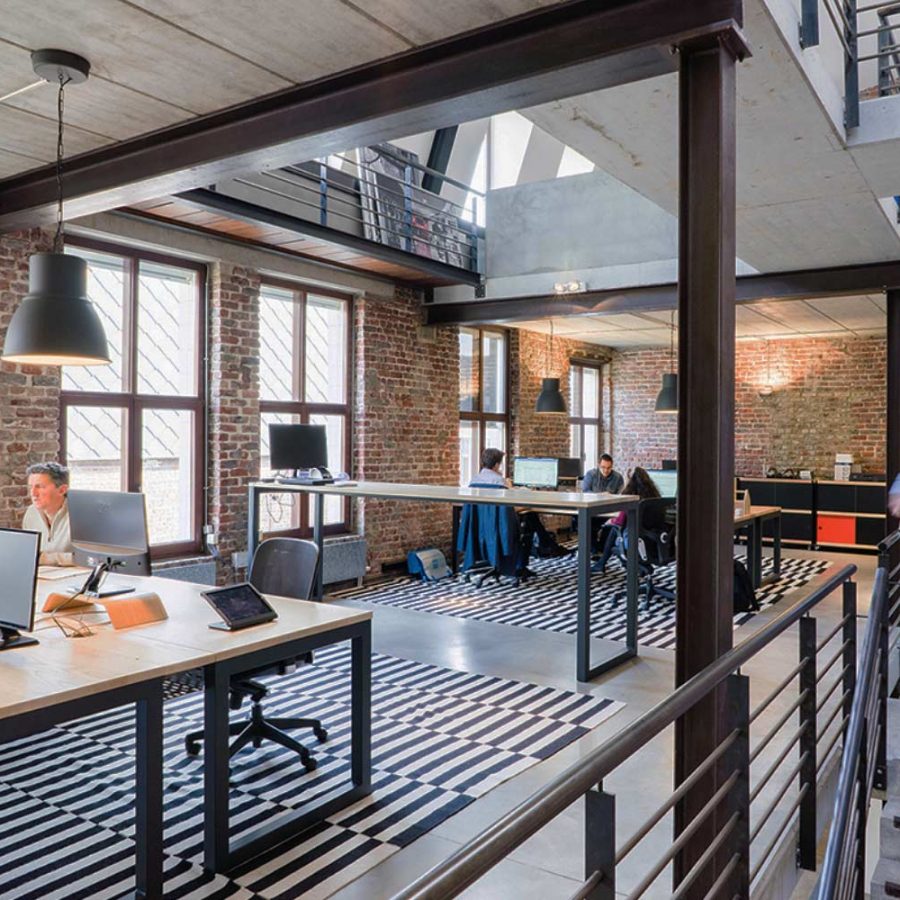We don’t believe in working in a vacuum. Our clients are our partners and in order to deliver the product your business needs, we want to work closely with our clients in a truly collaborative manner. Our collaborative approach aims to be the following:
- Accessible
- Transparent
- Communicative
- Mutual Expectations
Accessible
We work with our clients to establish the right schedule for collaborative activities such as stand-ups, sprint planning meetings, build demos, design reviews and presentations to leadership. Our tools and processes ensure multiple points of access to our teams and establish a rhythm for meetings, checkpoints and deliveries, meaning accessibility is consistent. Accessibility also means that our clients work with the entire project team, not just the project manager. Our engineers work closely with client engineers, designers with marketing or branding, project managers…well, they’ll be working with everyone! Our goal is to work with collaborative fluidity, not in a vacuum or through a bottleneck.
Transparent
We believe in transparency, accessibility and collaboration not just because it’s the ethical way to approach a consultant/client relationship, but because it’s critical to the success of the project and helping the client make informed, balanced and responsible decisions regarding their product, project and business. Clients should never feel as though they’re in the dark or caught off guard. This is why we ask for the dedicated use of project tools, which in turn gives the client a view of who’s working on what and where we are regarding progress. Very often, we have multiple potential approaches to developing and designing features and those options may have different impact points to timeline, budget and scope. As we flesh out the project roadmap, feature specs, user stories and designs, we present this information along with an explanation behind our suggested direction. Our transparency and expertise empower clients to confidently own the product’s direction.
Communication
In hand with our adaptability and agility, we strive to find the communication management strategy that best serves the project. We start by communicating consistently and often (you might even consider it over-communicating). We take every stand-up, planning meeting and demo as an opportunity to communicate what’s going on in a project, especially when there’s progress. Conducting regular planning and status meetings also provides running opportunities to discuss potential risks, mitigation strategies and alternate approaches to feature development and design.
Mutual expectations
These principles of collaboration also apply to our clients and establish the mutual expectations that guide each and every project. We expect clients to show up and make decisions. We need them to put in the time to talk through solutions, business context, to follow the processes we establish together and consistently use project tools to keep things moving forward.
We rely on clients to direct the priorities for product development and design every day of the project. Additionally, client acceptance of ongoing delivery ensures that we’re on the right track towards those outcomes for success.


